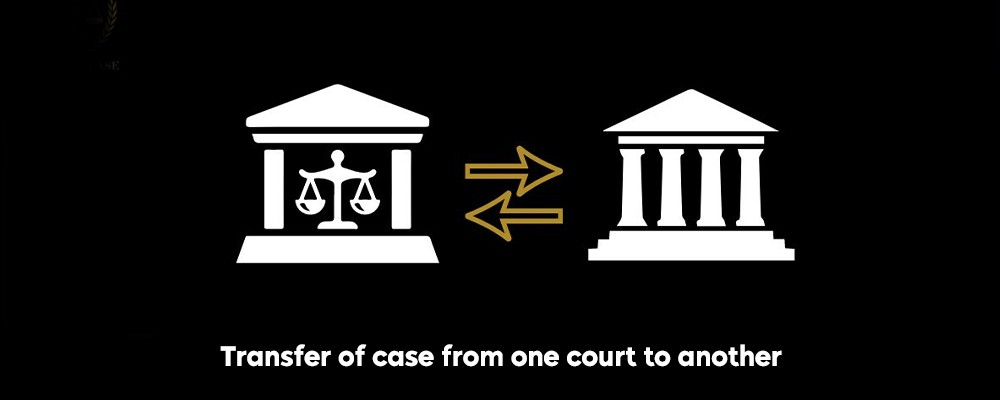The Indian judiciary is composed of a hierarchical structure including courts located throughout the country, with the supreme court serving as the highest court of appeals. Every individual has access to a capable venue through the judiciary to pursue conflict settlement and the upholding of his or her legal rights. This is made possible by the multiple district courts, commissioners, tribunals, and high courts that each have authority over a defined territory delineated by a boundary.
This system gives every plaintiff the freedom to choose the best venue for bringing a lawsuit, as well as to look for redress and acceptable resolution of his or her disagreement. After a lawsuit is filed in a specific court, the onus shifts to the defendant, who must then decide whether to accept the court’s jurisdiction or file an application to have the case transferred to a different court that the defendant believes is more suitable.
Need A Legal Advice
The internet is not a lawyer and neither are you. Talk to a real lawyer about your legal issue

A defense may object to the lawsuit’s venue for a number of reasons; the nation’s procedural laws acknowledge this circumstance and grant the plaintiff the right to ask for the case to be transferred to a new court.
Transfer of civil cases
The Code of Civil Procedure, 1908, is the one act that codifies all procedural laws about the admission and resolution of civil disputes. The norms of procedure from the very beginning to the implementation of a civil court’s order or decree are carved out by the code of civil procedure, which governs all actions taken before civil courts under the judiciary. The rights of the defendant in a civil action and the civil courts’ authority to move a case from one court to another are outlined in provisions under the code of civil process.
Section 22 of the Code of Civil Procedure permits the transfer of lawsuits that may be brought in many courts. As implied by the wording of section 22, this clause deals with cases that, in some circumstances, have joint jurisdiction, making them eligible for filing in multiple courts. Accordingly, by section 22, if a suit that is eligible to be instituted in any of two or more courts is instituted in one of those courts, the defendant has the right to apply with that court asking for the case to be transferred to another court where the suit could have been lawfully instituted. According to the clause, the defendant in such a case must file this application as soon as possible and notify the plaintiff, or the person who filed the lawsuit, in a way that is appropriate and sufficient. This allows the plaintiff to raise any objections to the defendant’s application, and the court will then decide which of the many courts with jurisdiction will handle the dispute.
Section 23 of the Code of Civil Procedure, which designates the court to which an application under Section 22 seeking the transfer of a civil litigation belongs, supplements the aforementioned clause. Section 23 provides for all eventualities with its three subsections, which are explained below:
Section 23 (1) applies when more than one court that has authority over a lawsuit is under the same appellate court’s jurisdiction. This section states that the common appellate court will determine which court the matter must be heard before and will hear the application under Section 22 in this case.
When multiple courts with jurisdiction over a lawsuit are subordinate to various appellate courts but the same high court, Section 23(2) is applicable. According to this clause, in such a case, the Common High Court would hear the application under Section 22, and it would also decide which court the suit must be heard before.
In circumstances where multiple courts with jurisdiction are subordinate to distinct high courts, Section 23(3) ultimately comes into play. According to this clause, the high court, whose local boundaries include the court where the lawsuit is being filed, will hear the application under section 22 in this situation. Thus, a grasp of sections 22 and 23 together establishes the process by which a defendant can request the transfer of a case and helps identify which court this request needs to be made to.
A range of legal services, including online resources and free legal advice are offered by Lead India. You can talk to a lawyer here and ask legal questions.





 Talk to a Lawyer
Talk to a Lawyer